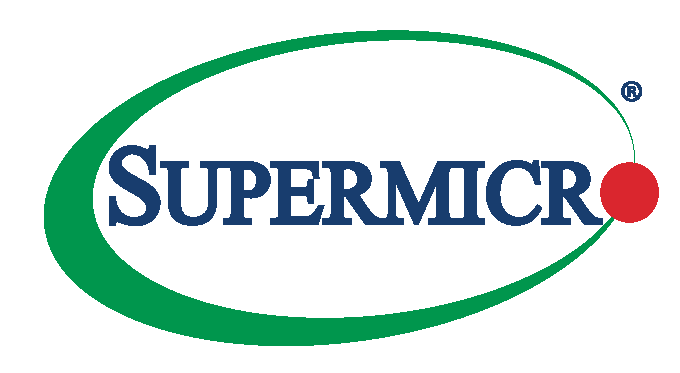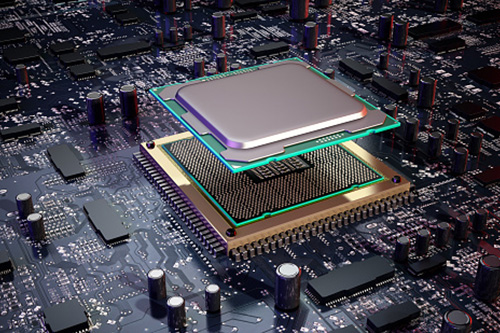Building an agile, cost-effective environment that delivers on a company’s present and long-term AI strategies can be a challenge, and the impact of decisions made around that architecture will have an outsized effect on performance.
“AI capabilities are probably going to be 10%-15% of the entire infrastructure,” says Ashish Nadkarni, IDC group vice president and general manager, infrastructure systems, platforms and technologies. “But the amount the business relies on that infrastructure, the dependence on it, will be much higher. If that 15% doesn’t behave in the way that is expected, the business will suffer.”
Experts like Nadkarni note that companies can, and should, avail themselves of cloud-based options to test and ramp up AI capabilities. But as workloads increase over time, the costs associated with cloud computing can rise significantly, especially when workloads scale or the enterprise expands its usage, making on-premises architecture a valid alternative worth consideration.
No matter the industry, to build a robust and effective AI infrastructure, companies must first accurately diagnose their AI needs. What business challenges are they trying to solve? What forms of high-performance computing power can deliver solutions? What type of training is required to deliver the right insights from data? And what’s the most cost-effective way for a company to support AI workloads at scale and over time? Cloud may be the answer to get started, but for many companies on-prem solutions are viable alternatives.
“It’s a matter of finding the right configuration that delivers optimal performance for [your] workloads,” says Michael McNerney, vice president of marketing and network security at Supermicro, a leading provider of AI-capable, high-performance servers, management software and storage systems. “How big is your natural language processing or computer vision model, for example? Do you need a massive cluster for AI training? How critical is it to have the lowest latency possible for your AI inferencing? If the enterprise does not have massive models, does it move down the stack into smaller models to optimize infrastructure and cost on the AI side as well as in compute, storage and networking?”
Get perspective on these and other questions about selecting the right AI infrastructure for your business in the Nov. 20, 2022, Wall Street Journal paid program article:








